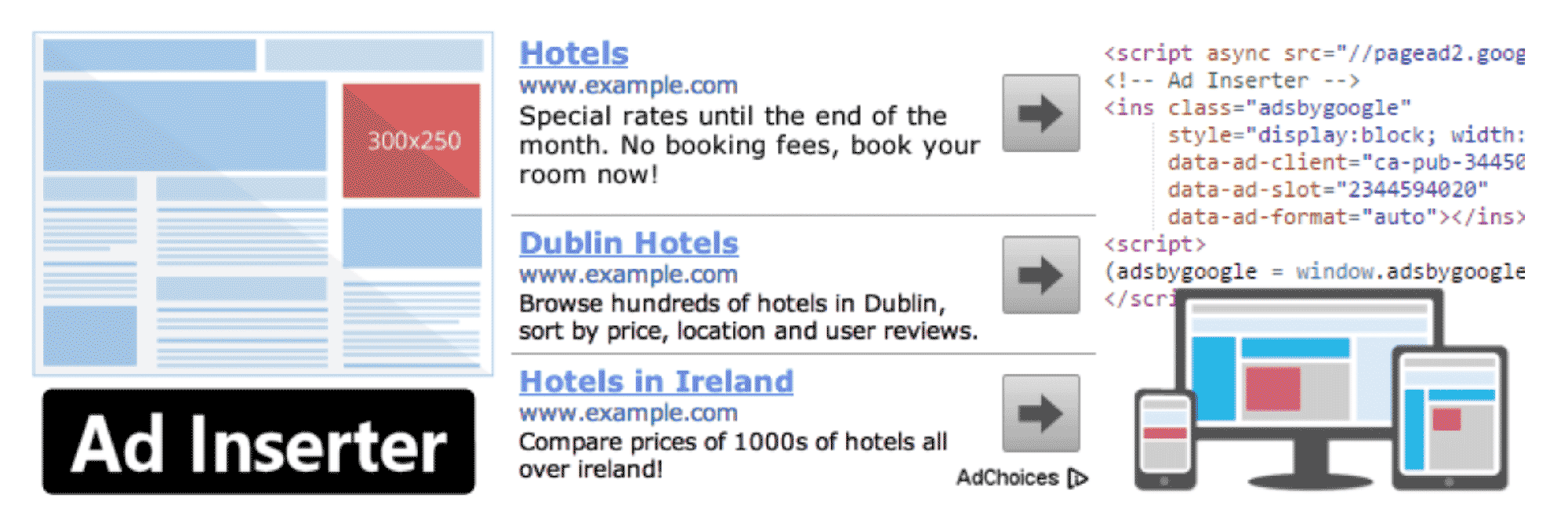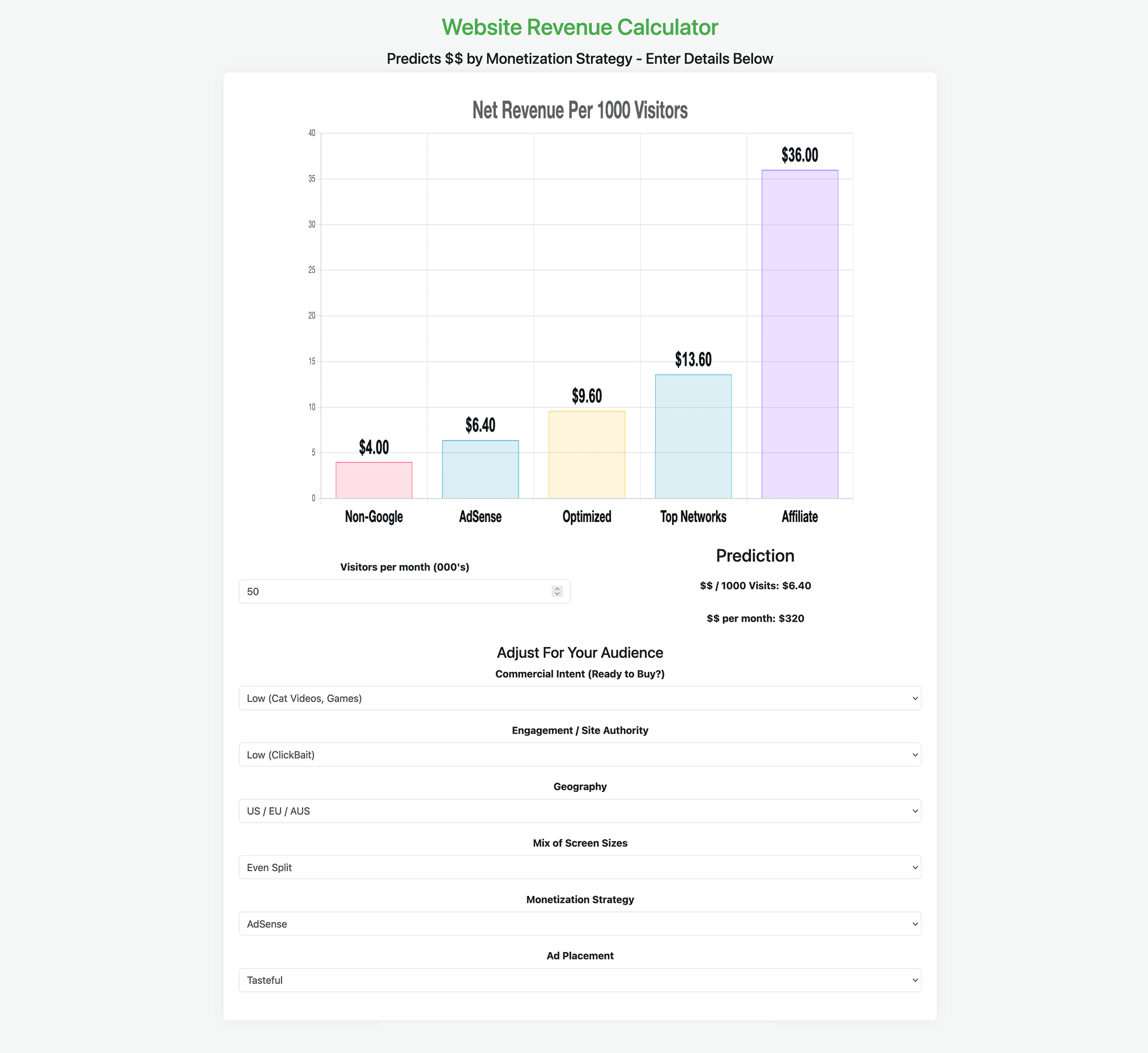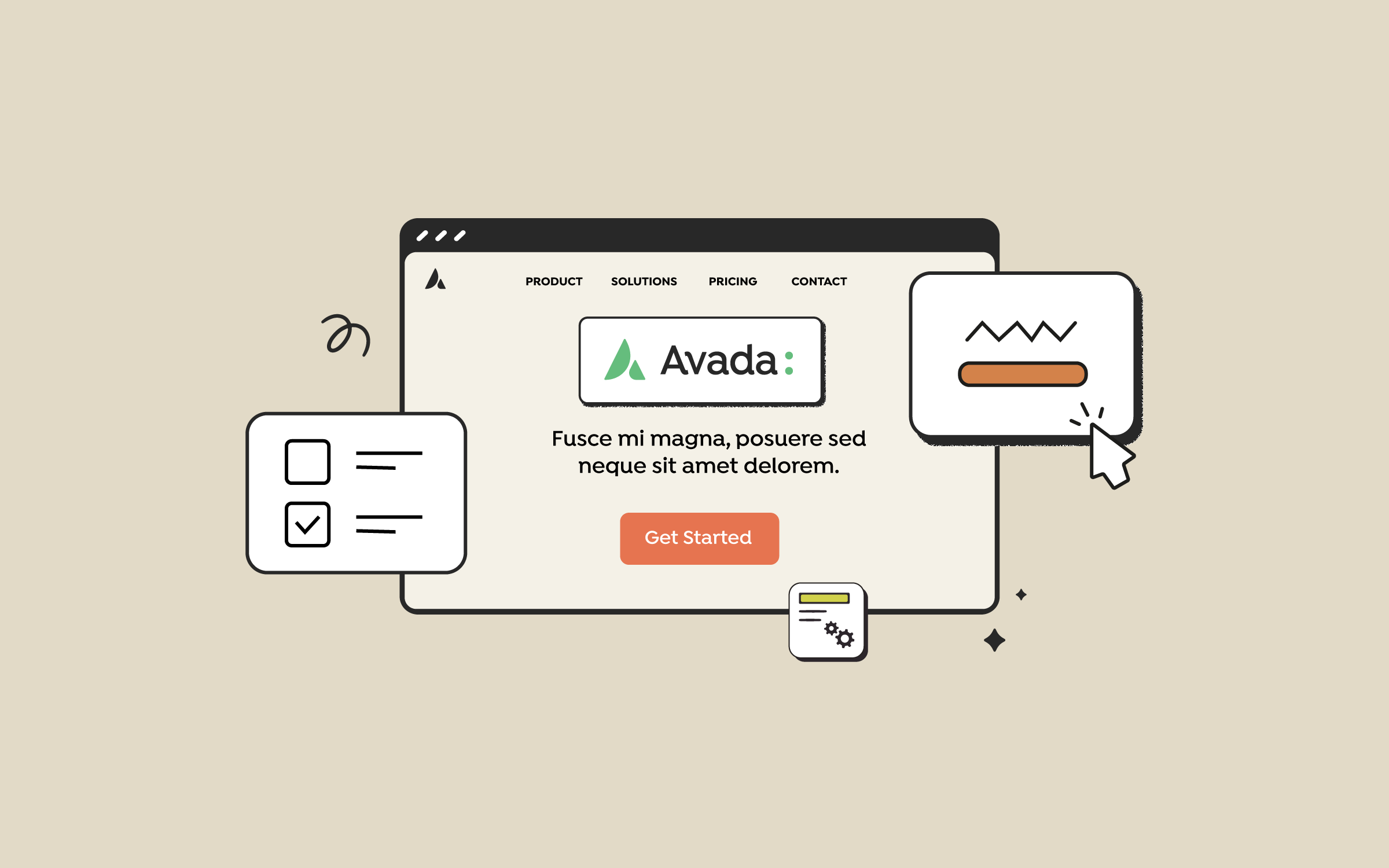Share
There comes a time in the life of nearly every WordPress website – already monetized or not – when the issue of whether to integrate advertising will rear its head. The subject of how best to tackle this, from both a commercial and technical point of view, can be tricky if you’ve never faced it before.
In this article, we’ll examine whether advertising is right for your site, consider the core models available, review a range of useful WordPress plugins to handle the heavy lifting and conclude with some useful resources to help you further.
Overview
Is Your Site Ready for Ads?
The first question to ask yourself is why you want to integrate advertising into your site. Depending on the type and tone of your site, advertising could represent either an unacceptable commercial intrusion for your audience or a self-sabotaging conversion killer for your existing monetization attempts. Assuming you feel advertising would be a good fit, the next question to consider is your audience’s current and potential size.
Regardless of what model you go for, online advertising is a numbers game at the end of the day. If those numbers don’t add up, then your efforts are far better directed towards boosting traffic and growing your audience.
Another critical factor to bear in mind is your potential audience value. Not all audiences are created equally in the eyes of advertisers. For example, suppose your site has somehow attracted the attention of a small group of wealthy, tech-savvy luxury watch enthusiasts. In that case, you will naturally have some pretty good options straight out of the gate.
Before diving in, the final item to consider is what sort of internal resources you can realistically devote to managing your advertising. Depending on the type of solution you select, getting ramped up could be as simple as installing a set-it-and-forget-it plugin, or it could morph into an ongoing initiative requiring dedicated staff and resources.
A quick way of estimating potential revenue before you get going is by using Marginhound’s Website Revenue Calculator.
It’s based on a fascinating analysis of the revenue models of 100 small websites and should give you some indicative numbers to play with based on your current site traffic and niche.
Resources to Learn the Lingo
Online advertising has its own set of unique terms and potentially baffling acronyms that can easily confuse the uninitiated. We won’t get too bogged down in industry speak in this article, but it’s in your interest to review the basics if you’re new to the game.
Daniel Scocco provides a solid overview of the fundamentals of CPC and CPM in his article Basic Mathematics for Internet Advertising. Ralph Wilson’s summary of the steps involved in developing ad revenue is also worth a read.
It would help if you also took some time to familiarize yourself with banner ad sizes to get a feel for options that might best suit your website. Let’s move on to the two main ones available to new advertisers.
Do It Yourself or Go With a Network?
There are two basic strategies available to you when considering advertising on your site:
Though some platforms may demand exclusivity, this isn’t usually an either/or scenario. You should be free to experiment with combinations of the two strategies until you find a solution that pays off. The going-it-alone option is much in its favor if you have an already established site with a targeted, high-value audience.
The downside of managing your own advertisers and inventory is the extra overhead involved in relationship management, pitching, and general admin. On the plus side, you’re free to set your rates and control what appears on your site.
By contrast, the promise of advertising networks is simple: they’re there to do all the heavy lifting for you and deliver a stream of (hopefully) well-targeted, contextual ads directly to your audience. The downside is that you sacrifice control in terms of pricing and content. Now, how do we integrate all these ads onto our sites?
Free WordPress Ad Integration Plugins
Ad integration is a natural fit for the power of WordPress plugins, and a range of solutions are available for handling the positioning, rotation, and reporting of ads directly within WordPress. Here are our top three picks of the most popular free options:
1. Ad Inserter

Free to download, the Ad Inserter plugin supports all kinds of advertising, including Google AdSense, Google Ad Manager (DFP – DoubleClick for publishers), contextual Amazon Native Shopping Ads, Media.net, Infolinks, and rotating banners.
2. AdRotate Banner Manager

Free to download, the AdRotate Banner Manager plugin works with every kind of ad and banner including Google AdSense, Google Ad Manager (DFP – DoubleClick for publishers), Amazon Native Shopping Ads, Amazon Affiliate tags, Media.net. You can also create custom banners.
3. Advanced Ads

Free to download, the Advanced Ads plugin is a comprehensive ad management tool. The plugin strikes the perfect balance between ease of use and powerful features and is trusted by thousands of companies and businesses. The plugin makes it easy to embed ads, banners, or any other code automatically, quickly, and without customizing the theme or WordPress files.
Ad Networks on Offer
One of the easiest ways of starting with guaranteed ad inventory on your site is by farming out the content to a third party in the form of an existing ad network. Here’s a quick run-through of the leading players in the space:
New advertising networks are springing into life every day, and many of them target specific niches. There’s a good roundup of current AdSense alternatives over at the Blogging Explorer for those looking to dive deeper.
Two Advertising Success Stories to Inspire
The variety of plugins and ad networks available today make it easier than ever to explore advertising as a monetization strategy, but the road to long-term success is often far from smooth.
We’ve picked out two examples of people who’ve knocked it out of the park in the advertising arena to inspire you on your journey.
Pat Flynn

If you’re going to call your site Smart Passive Income, then at some stage, you’re going to have to walk the walk or risk ridicule. Pat Smith has been over-delivering in a very public way since 2008, with regular income reports providing detailed breakdowns of his various forms of revenue.
A quick glance at the June 2015 report shows Flynn pocketed a tidy $2,115 in combined AdSense income, and an astonishing $105,168 in affiliate advertising revenue. Nice work if you can get it!
John Gruber

John Gruber’s Daring Fireball has been dishing up astute commentary on all things Apple since 2002 – an eternity in online publishing. It’s tricky to pinpoint revenue figures for his one-person operation. Still, with weekly RSS feed sponsorships currently priced at $10,750 and a range of other revenue streams in place, it’s safe to assume things are ticking over nicely.
Gruber has spoken eloquently and openly about finding the best advertising mix to support himself and deliver the most value for his audience. His presentation at 2014’s XOXO festival is essential viewing.
Further Resources
There is a world of excellent online information for taking your advertising options to the next level. Here are three great resources to get you started:
Summary
We hope the information above will help you start nailing down your options for exploring advertising as a revenue stream on your site. Here’s a quick recap of action points to take away:





















































































































